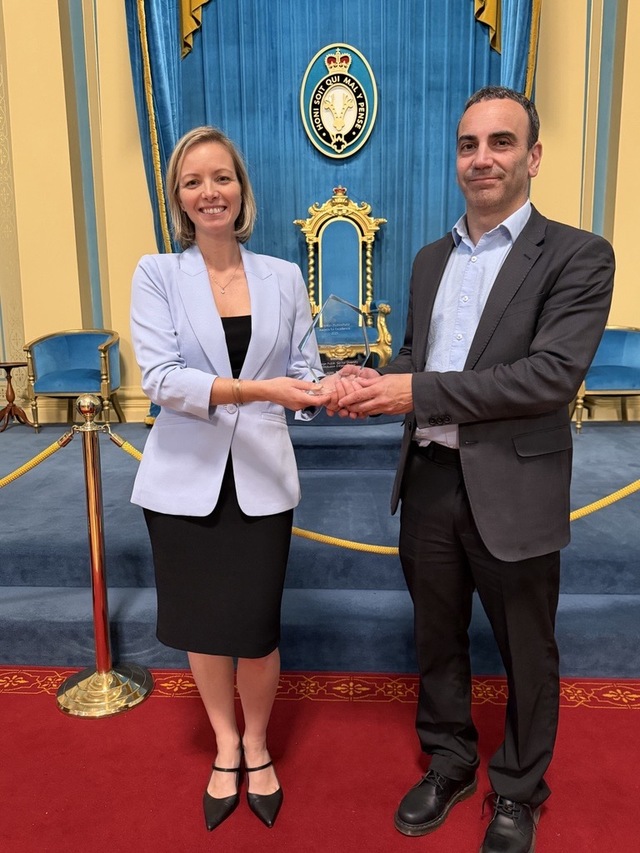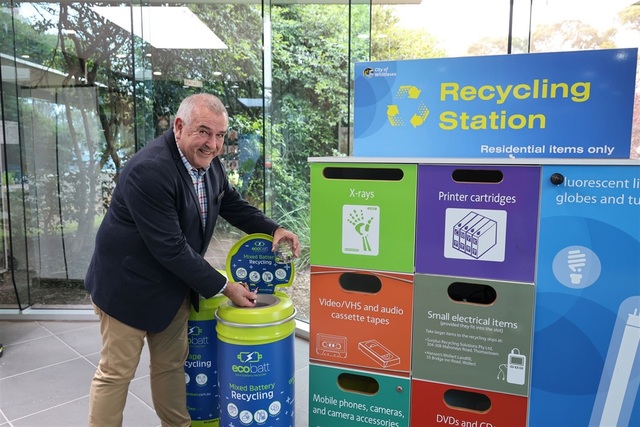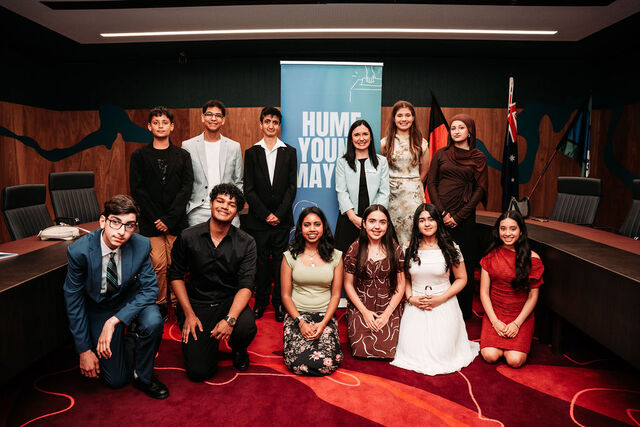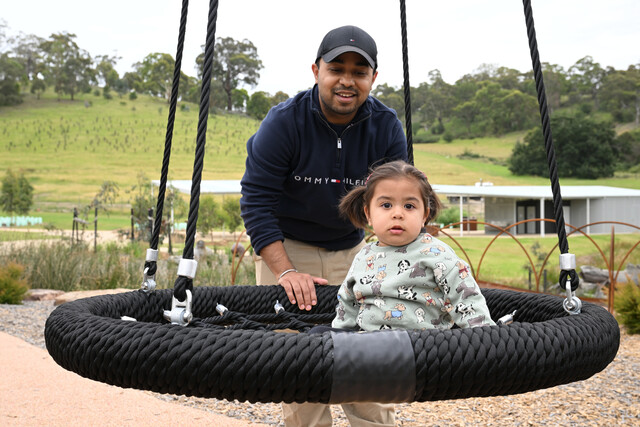This was one of Star Weekly’s top stories of 2021. Here’s your chance to read it if you missed it, or revisit it before another year of jam-packed news content.
The new National Communications Museum found themselves in a unique position last year – a museum thrown into a pandemic with no physical space for displaying exhibitions. Some of the people involved spoke with Michaela Meade about how the COVID-19 pandemic informed the inaugural exhibition.
“Communication has never been so important.”
That was the biggest take away Jo-Anne Cooper had from the COVID-19 pandemic.
It was while working from home, like the rest of Victoria, that the director of the National Communications Museum (NCM) realised what role the new museum could be playing.
“I thought, here we are in the middle of the biggest communication story… of the century… and we weren’t doing anything,” Jo-Anne said.
That thought sparked the NCM’s inaugural exhibition – Connecting through COVID – available completely online.
Jo-Anne said it was important to put 2020’s pandemic in context.
“There are these amazing ups and downs, seismic events in world history that former generations have been part of, and now we’re part of one, for better or for worse.”
The museum decided to draw comparisons between the COVID-19 and Spanish Flu pandemics.
“We’ve done this before, not that long ago,” Jo-Anne said.
According to Jo-Anne, people living through the Spanish Flu pandemic didn’t have the ease of communication tools we have today; they had to display a sign of “SOS” in their windows, and hope.
“Council officers were employed to patrol the streets [looking for SOS signs].
“You wonder how thorough that could be.”
Jo-Anne said we now have the tools to get through the pandemic with more ease. We are able to catch up with family and friends virtually, and call for – and receive – help quickly.
Emily Siddons was brought on last year as exhibition and programs manager.
“In times of crisis, it is human nature to seek a comparative historical example,” Emily said.
“We wanted to provide… a way for audiences to navigate the challenges [and] provide some critical context.
“I wanted to use [the pandemic] as an opportunity for our museum to critically think about how we could approach digital engagement and stage digital experiences.”
Emily, as a millennial, said she wanted to capture the lived experience of 2020 for future generations in a way not possible during the Spanish Flu.
“The changing definitions of privacy, intimacy and community in this time and how we all were propelled into this digital way of living and working [was important to remember].
“Hashtags [for example]… are so representative of our shared experience.
“I… tried to identify what [was] going to stand the test of time.”
Historian Mary Sheehan aided the exhibition through her role as a doctorate candidate with a broad knowledge of the 1919 Spanish Flu pandemic.
“The Spanish Flu [has been] largely forgotten,” Mary said.
“There’s no proforma and no manual for managing pandemics, but much can be learned from pandemics when they do occur.”
Mary pointed out one aspect of people’s responses to pandemics that has not changed in a century.
“Some smart people made the comment [in 1919], quite erroneously… that masks were as efficient at keeping out germs as barbed wire fences were at keeping out flies.”
Mary said she hoped the exhibition was effective in quelling anxiety in the community.
“It’s so informative… And I think that’s a vital thing in times like this where there’s so much uncertainty, and people need some actual facts and information to make them feel more secure.”
According to Mary, Australians and the world should prepare for the long haul.
“I think it’s an impact that will resonate for years, if not, forever.”
One of the “subjects” of the exhibition is the Royal Melbourne Hospital’s scrub choir.
Chief music therapist and creator of scrub choir Dr Emma O’Brien said she had noticed a dramatic increase in the level of stress in her colleagues.
After 200 staff wanted to be a part of the initial production of scrub choir, which involved filming themselves at work or at home singing or dancing to the song chosen by Emma, she knew “caring for the carer” was important.
“I realised how much staff really needed that time, that sort of permission to have a bit of fun,” Emma said.
“The time to have their own music therapy.
“It was an opportunity to remind people to have just a small moment to themselves either at home or at work… and to be a part of something.”
Emma said the opportunity to be featured in NCM’s exhibition was fantastic.
“I was so honoured… I totally love the exhibition… it makes perfect sense to capture what happened last year.
“Scrub choir helped us stay connected when COVID… tried to rip us apart.”
Emma offered a final reflection on the COVID-19 pandemic, and how the world will pull through.
“The reality is it’s communities that solve pandemics.
“It’s the community that is going to see us all through.”
The National Communications Museum’s Connecting through COVID exhibit is available for viewing at ncmuseum.org.au/connecting-through-covid/.







